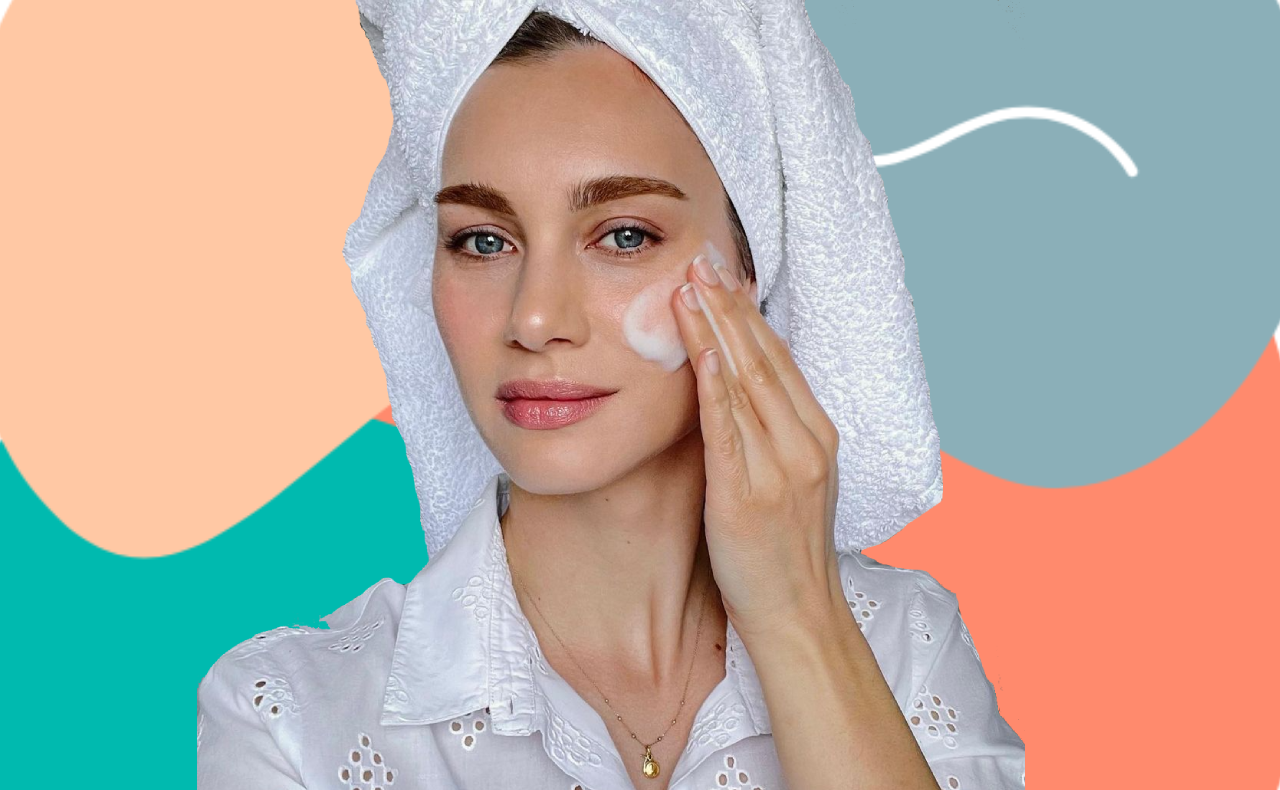A bright, white smile is one beauty accessory guaranteed to transform your look and boost your confidence. Unfortunately, flashing a toothy grin can strike fear into the hearts of us who have dull or stained teeth #thestruggleisreal. The simple and practical answer to treating your chompers is an at-home treatment. It’s easier (and cheaper) than most laser whitening options, but do at-home kits really work? Well, we chatted to Dr Angelo Lazaris to find out!
Types of staining
Turns out there are two types of staining that can occur on your teeth – intrinsic and extrinsic staining. As the names suggest, one is internal staining and the other is external. Dr Lazaris describes each for us:
Intrinsic staining – “The discoloration of [the] internal tooth structure caused by organic pigments either during tooth formation (such as certain antibiotics or tooth trauma) or from extrinsic stains that are absorbed into the tooth. These stains are inherently difficult to remove and are unaffected by topical agents such as whitening toothpastes.“
Extrinsic staining – “Staining on the outer layer of the tooth caused mostly by external sources such as coffee, wine, chili, soda, tomato sauce and other foods and drinks. This type of staining is easier to remove.”
At-home teeth whitening
As Dr Lazaris said, intrinsic staining is inherently difficult to remove, which begs the question, can an at-home treatment really effectively remove stains and whiten teeth? The short answer is yes – if you choose the right one! Dr Lazaris explains that some at-home kits like Opalescence Go contain key active ingredients such as hydrogen peroxide that penetrate deep into the tooth structure to break down the stains and whiten the entire tooth. The result? A brighter, whiter smile. Cool, huh? Now, I know what you’re thinking: most whitening toothpastes also contain hydrogen peroxide, however Dr Lazaris explains that at-home treatments contain a higher concentration and are in contact with the teeth for a prolonged period of time which allows the ingredient to be “absorbed into the tooth structure and act on intrinsic stains”.
Downtime
We were curious to know just how intense at-home teeth whitening is and if there’s any downtime post-treatment. Dr Lazaris explains that any kind of teeth whitening can cause sensitivity, however there are products (like the Opalescence range) that contain a high concentration of water as well as fluoride and potassium nitrate, all of which help to reduce sensitivity as they work to help block any pain impulses.
He does recommend undergoing the treatment close to bedtime and to avoid staining foods such as coffee, wine, soft drink etc. for 24 hours post-treatment.
What about in-chair treatments?
Dr Lazaris admits that in-chair whitening is also effective, however using an at-home treatment is generally more affordable and allows the user more control, “[as] you can monitor your results and stop when you’re happy with the shade of your teeth”. He also explains that clinical research indicates “take-home treatments are more colour-stable in the long term than single applications”. At-home treatments can last indefinitely if you take good care of your teeth!
Another benefit of at-home teeth whitening systems is that you have a wider variety of options. Does the minty, fluoride taste of some treatments bring back traumatic memories of childhood dentist visits? No problem, you can try something a little fruitier like Opalescence Melon. Too easy!

Have you ever tried at-home teeth whitening? What was your experience like?





It can look really bad when it’s so obvious and over-white.
I like the at home choices better!